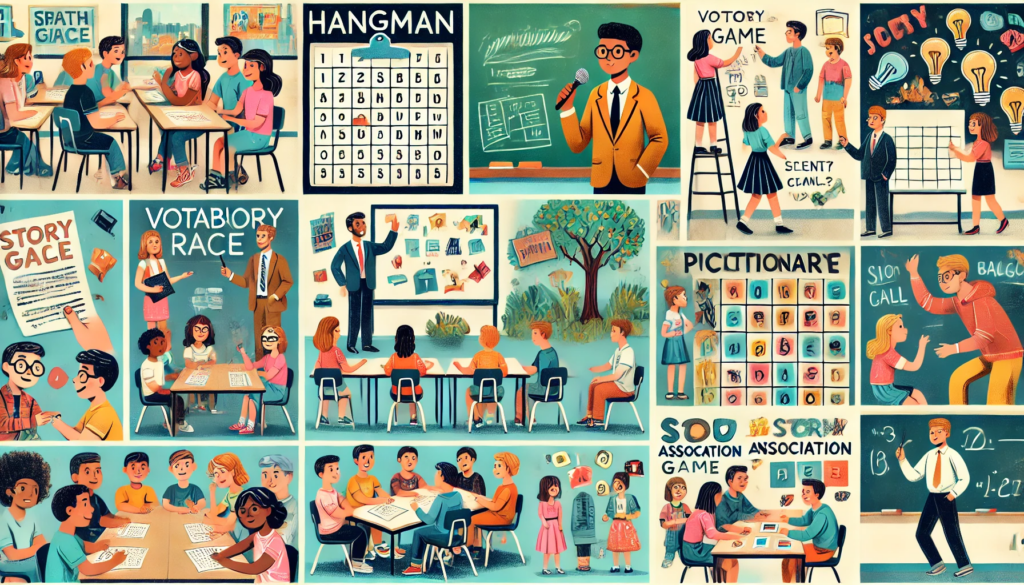
When it comes to class relief, finding the right activities to keep students engaged and productive can be challenging. Relief classes are a great opportunity to introduce fun, educational activities that foster creativity, critical thinking, and teamwork. Here are 20 engaging activities perfect for class relief that will keep students entertained while enhancing their learning experience.
1. Hangman

- Materials Needed: Whiteboard and markers, or a chalkboard and chalk.
- Instructions: Choose a word related to the lesson or a general topic. Draw blank spaces representing each letter of the word. Students guess letters; correct guesses are written in the blanks, while incorrect guesses add a part to the hangman figure.
- Benefit: Improves spelling and vocabulary, and encourages logical thinking and problem-solving skills.
- Refer 30 Questions for ‘Hangman’
2. Spelling Bee

- Materials Needed: List of words, a bell or buzzer (optional).
- Instructions: Organize a spelling competition where students spell words aloud. Increase difficulty with each round. Those who spell incorrectly are eliminated until one student remains.
- Benefit: Enhances vocabulary, spelling, and public speaking skills.
- Refer Spelling Bee Words Ideas
3. Charades

- Materials Needed: Slips of paper with words or phrases, a container to hold them.
- Instructions: Students take turns picking a slip and acting out the word or phrase without speaking while their team guesses.
- Benefit: Develops creativity, body language, and teamwork.
4. Pictionary

- Materials Needed: Whiteboard and markers or large sheets of paper and markers, slips of paper with words or phrases.
- Instructions: Similar to charades, but students draw the word or phrase on the board instead of acting it out.
- Benefit: Encourages creativity, visual communication, and quick thinking.
5. 20 Questions

- Materials Needed: None.
- Instructions: One student thinks of an object, person, or place. The rest of the class asks up to 20 yes-or-no questions to guess what it is.
- Benefit: Enhances critical thinking, deduction, and questioning skills.
6. Word Association
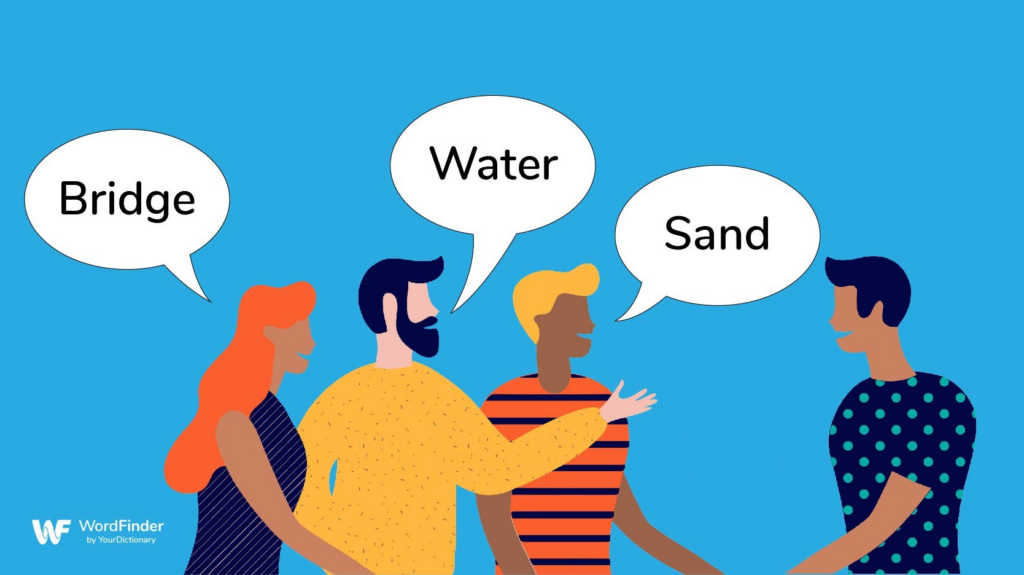
- Materials Needed: None.
- Instructions: Start with a word related to the lesson. Students take turns saying the first word that comes to mind related to the previous word until someone repeats a word or hesitates.
- Benefit: Improves vocabulary, listening skills, and spontaneous thinking.
7. Story Chain
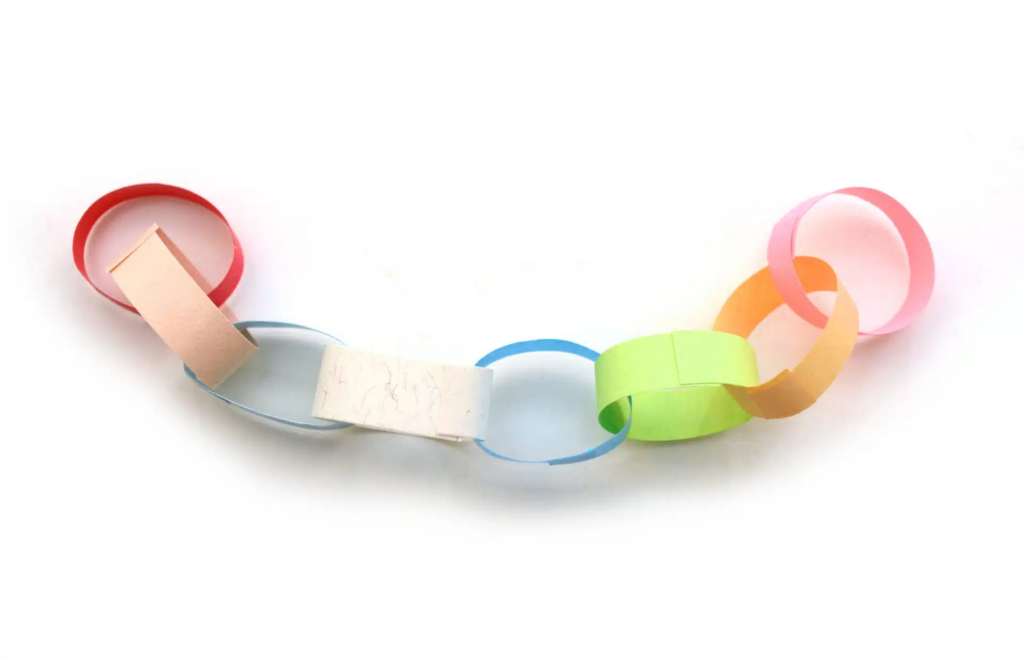
- Materials Needed: None.
- Instructions: Start a story with a single sentence. Each student adds a sentence, continuing the narrative.
- Benefit: Encourages creativity, listening skills, and narrative building.
8. Memory Game
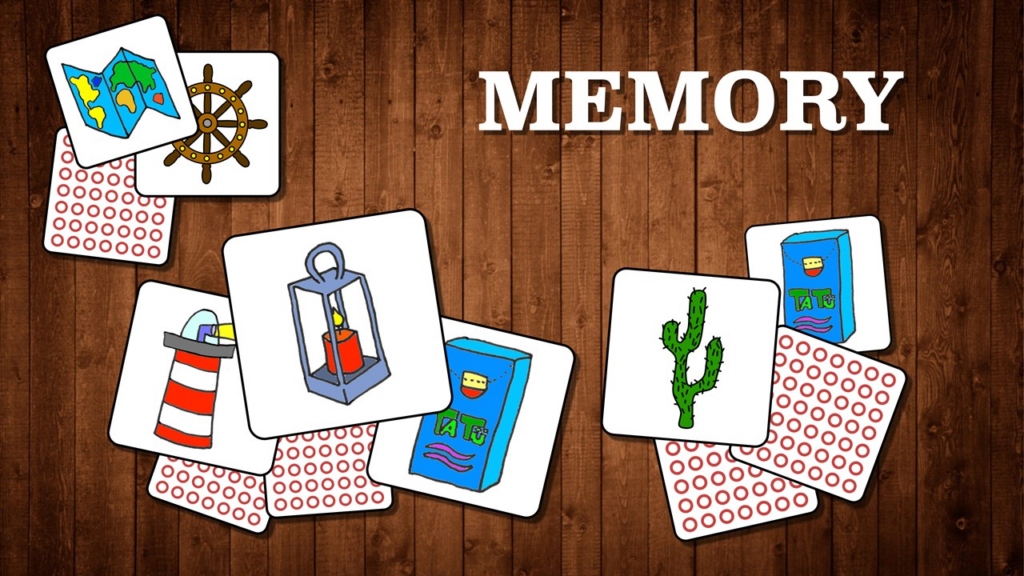
- Materials Needed: Tray, a variety of small objects (10-15), a cloth to cover the tray.
- Instructions: Show students the tray of objects for 30 seconds, then cover it. Students write down or call out all the objects they remember.
- Benefit: Enhances memory, attention to detail, and observation skills.
9. Debate Club

- Materials Needed: List of debate topics, paper, and pens for preparation.
- Instructions: Divide the class into two groups and assign a topic for debate. Allow preparation time, then conduct a structured debate.
- Benefit: Builds critical thinking, public speaking, and persuasive skills.
10. Math Bingo

- Materials Needed: Bingo cards with math problems, markers or chips to cover squares.
- Instructions: Create bingo cards with math problems in each square. Call out answers, and students cover the corresponding problem if they have it. The first to complete a row wins.
- Benefit: Reinforces math skills and promotes active participation.
11. Vocabulary Race

- Materials Needed: Whiteboard and markers or paper and pens.
- Instructions: Write a long word on the board. Students have a set amount of time to form as many smaller words as possible from the letters of the long word.
- Benefit: Boosts vocabulary and spelling skills in a competitive setting.
12. Silent Ball
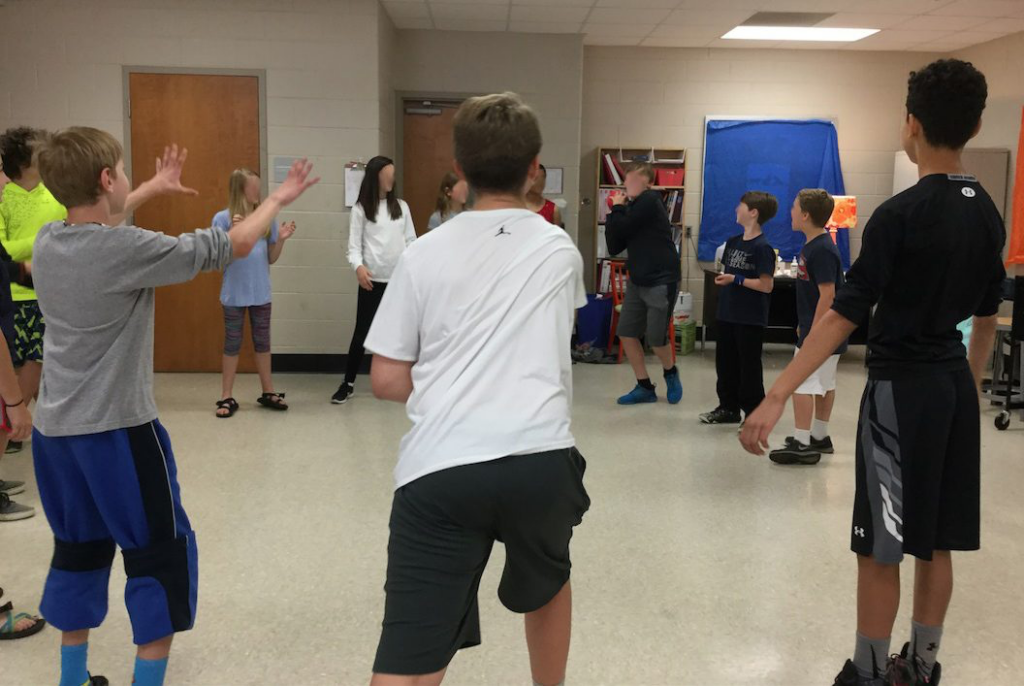
- Materials Needed: A soft ball (such as a foam or beach ball).
- Instructions: Students sit on their desks, and a soft ball is passed around silently. Students who speak or drop the ball are out.
- Benefit: Develops focus, coordination, and discipline.
13. Who Am I?

- Materials Needed: Sticky notes, pens.
- Instructions: Write names of famous people or characters on sticky notes. Each student gets one stuck on their back and asks yes-or-no questions to figure out who they are.
- Benefit: Encourages communication, critical thinking, and broadens general knowledge.
14. Two Truths and a Lie

- Materials Needed: None.
- Instructions: Each student states two truths and one false statement about themselves. The rest of the class guesses which is the lie.
- Benefit: Promotes social interaction, communication skills, and creativity.
15. Crossword Puzzle

- Materials Needed: Printed crossword puzzles or a whiteboard to create one.
- Instructions: Create a crossword puzzle based on recent lessons. Divide students into groups to solve the puzzle collaboratively.
- Benefit: Reinforces knowledge from lessons and promotes teamwork.
16. Scavenger Hunt
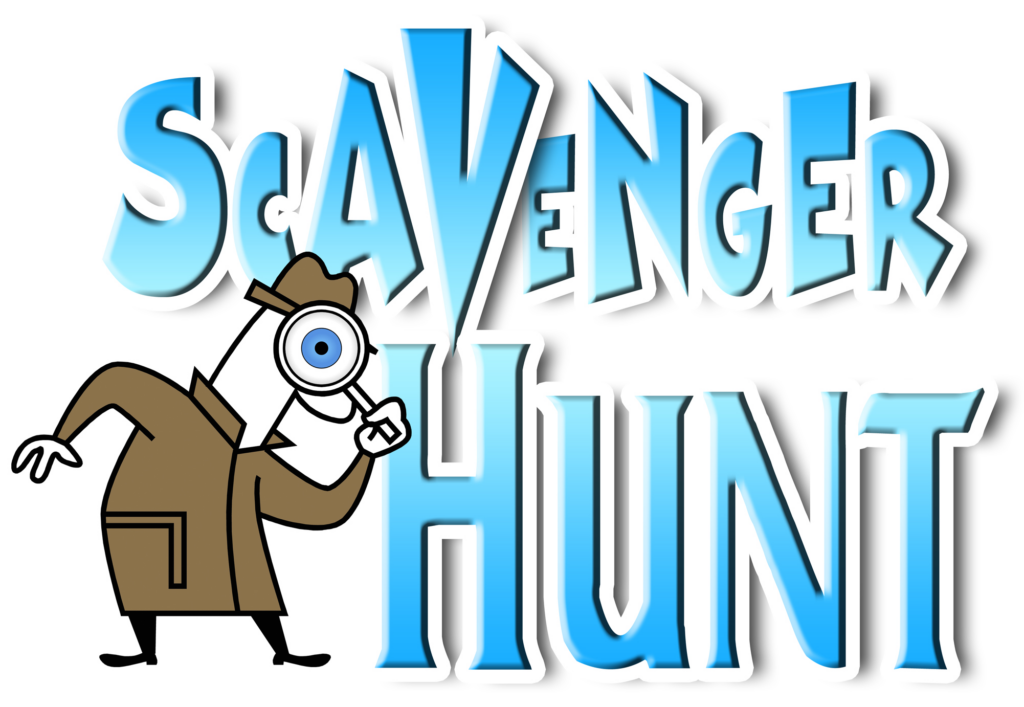
- Materials Needed: List of items or clues, pens, and paper.
- Instructions: Create a list of items or clues related to a topic. Students work in teams to find the items or solve the clues within a set time limit.
- Benefit: Encourages problem-solving, teamwork, and observational skills.
17. Mind Mapping

- Materials Needed: Large paper or whiteboard, markers.
- Instructions: Choose a central topic and have students create a mind map, branching out with related ideas and concepts.
- Benefit: Enhances creativity, organization, and deepens understanding of concepts.
18. Brain Teasers and Riddles

- Materials Needed: List of brain teasers or riddles.
- Instructions: Present the class with various brain teasers or riddles and have them work in teams to solve them.
- Benefit: Develops critical thinking, logical reasoning, and teamwork.
19. Current Events Discussion

- Materials Needed: Recent news articles or headlines, whiteboard, and markers.
- Instructions: Select a current news topic and facilitate a guided discussion, encouraging students to express their thoughts and opinions.
- Benefit: Promotes critical thinking, awareness of global issues, and enhances public speaking skills.
20. Art Relay

- Materials Needed: Large sheets of paper, markers, crayons, or paints.
- Instructions: Divide the class into teams. Each team works on a collective piece of art, with each student adding an element before passing it on to the next team member.
- Benefit: Fosters creativity, collaboration, and a sense of teamwork.
These are examples of activities that can be carried out during class relief without the need for many teaching materials. Incorporating engaging and educational activities into class relief not only keeps students entertained but also enhances their learning experience, turning what could be idle time into an opportunity for growth and development.
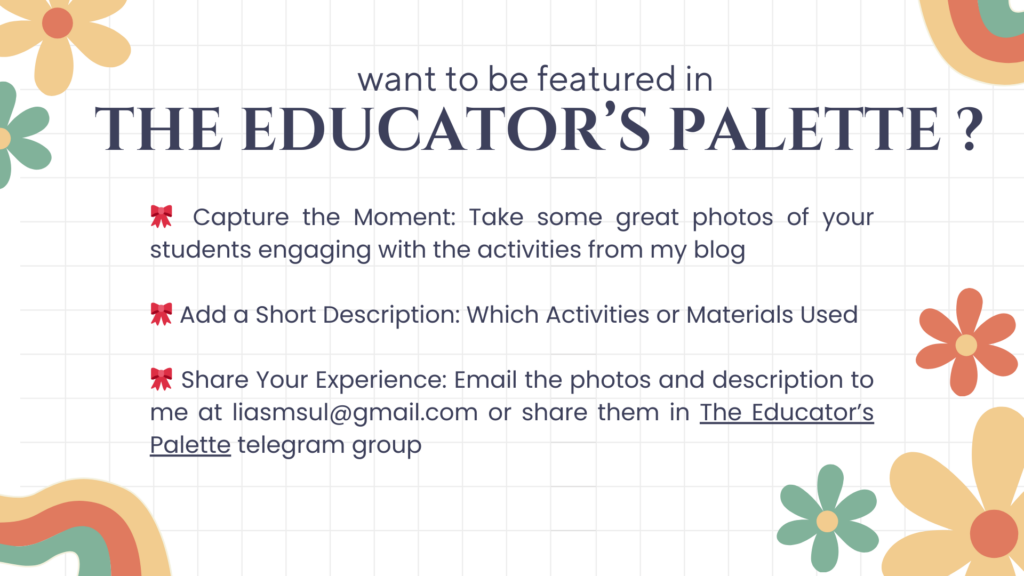

Will definitely implement these in the future! Thank you for sharing 🥰
Wonderful sharing 👏🏻